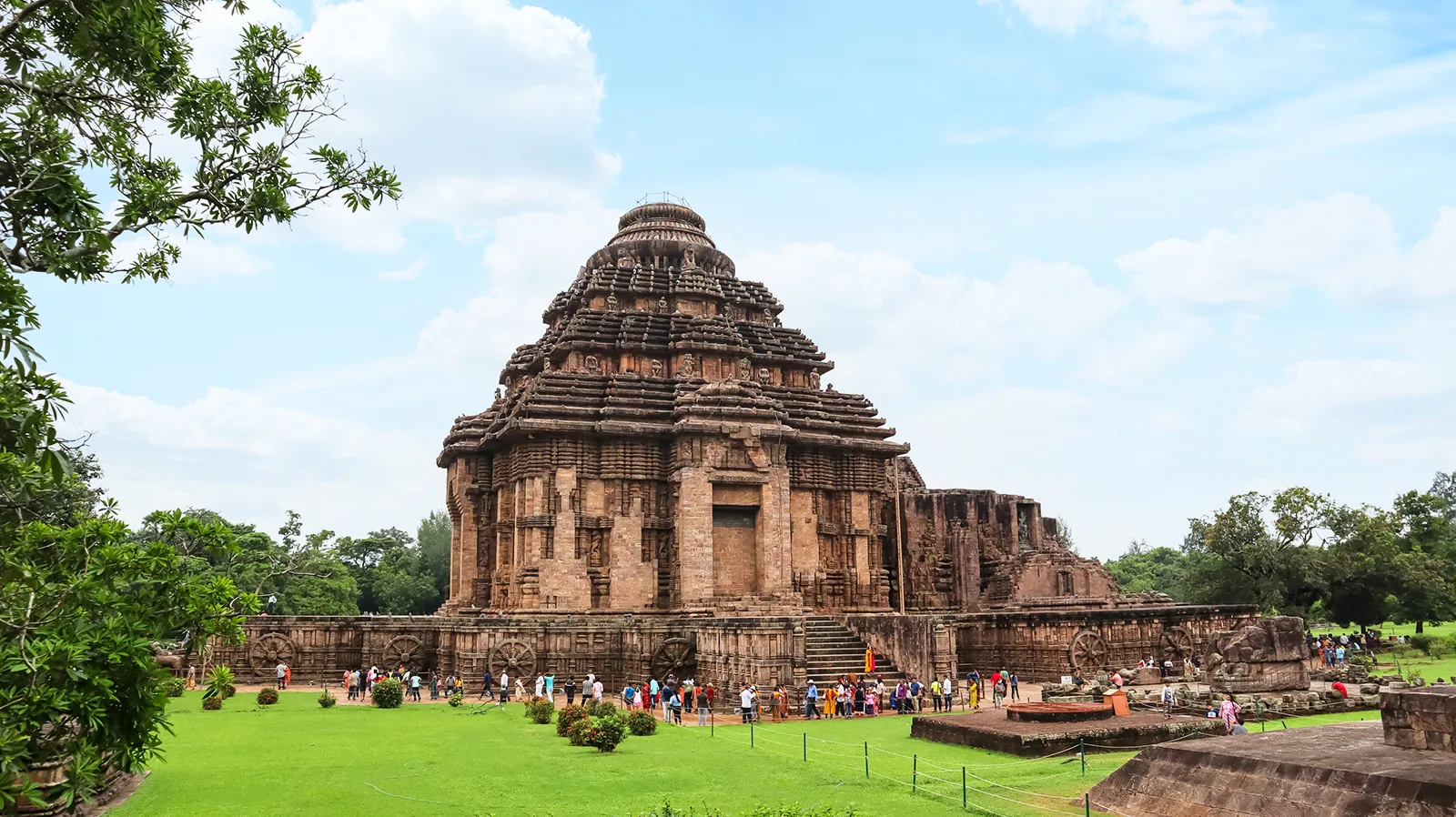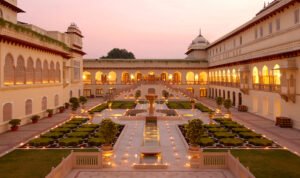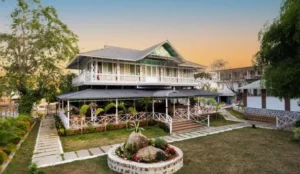Introduction
The Sun Temple of Konark, located in Odisha, is one of India’s most magnificent temples and a UNESCO World Heritage Site. Dedicated to Surya, the Sun God, this 13th-century temple is an architectural masterpiece, known for its intricate carvings, colossal chariot-like structure, and astronomical precision. Often called the “Black Pagoda”, the temple is a symbol of India’s rich cultural and architectural heritage.
Historical Background
The temple was built in 1250 CE by King Narasimhadeva I of the Eastern Ganga Dynasty to celebrate his military victory over Muslim invaders. According to historical records, the temple once had a massive 52-ton magnet at its top, which supposedly held the structure together. Over time, due to natural calamities, invasions, and neglect, the temple lost many of its original parts, but its grandeur still stands as a testimony to India’s engineering and artistic excellence.
Architectural Features
The Konark Sun Temple is designed in the form of a colossal chariot, representing Surya’s celestial journey across the sky. Some of its remarkable architectural aspects include:
Chariot Shape: The temple stands on 12 intricately carved wheels (each about 3 meters in diameter), representing the 12 months of the year and the concept of time.
Seven Horses: The chariot is drawn by seven horses, symbolizing the seven days of the week.
Elaborate Stone Carvings: The walls are adorned with detailed sculptures depicting Hindu deities, mythological stories, celestial beings, and scenes from daily life.
Sunlight Alignment: The temple was designed in such a way that the first rays of the rising sun would pass through the main entrance and illuminate the deity inside the sanctum.
Erotic Sculptures: Similar to Khajuraho temples, Konark’s carvings also depict sensual and erotic imagery, symbolizing the integration of divine energy and human life.
Religious and Cultural Significance
The temple is an important pilgrimage site for devotees of Surya (the Sun God) and is believed to bring health, energy, and prosperity.
It is one of the four dhams (sacred pilgrimage sites) in Odisha, along with Puri, Bhubaneswar, and Sambalpur.
The temple also holds astronomical importance, as its wheel carvings function as sundials, allowing people to tell time accurately even today.
Festivals and Events
Konark Dance Festival (December): A grand cultural event showcasing Odissi, Bharatnatyam, Kuchipudi, and Kathak against the backdrop of the temple.
Magha Saptami (Chandrabhaga Mela): Devotees take a holy dip in the Chandrabhaga River and offer prayers to the Sun God.
Visiting Information
Location: Konark, Odisha
Timings: 6:00 AM – 8:00 PM
Entry Fee: ₹40 (Indian citizens), ₹600 (foreigners)
Best Time to Visit: October to March (pleasant weather and festivals)
Dress Code: No strict dress code, but modest clothing is advisable.
How to Reach
By Air: The nearest airport is Biju Patnaik International Airport, Bhubaneswar (65 km away).
By Train: The nearest railway station is Puri (35 km away).
By Road: Well-connected by road from Bhubaneswar, Puri, and Cuttack via taxis and buses.
Conclusion
The Konark Sun Temple is a breathtaking example of India’s architectural and scientific brilliance. A visit to this temple is not just a spiritual experience but also a deep dive into India’s glorious past, artistic excellence, and astronomical knowledge.









